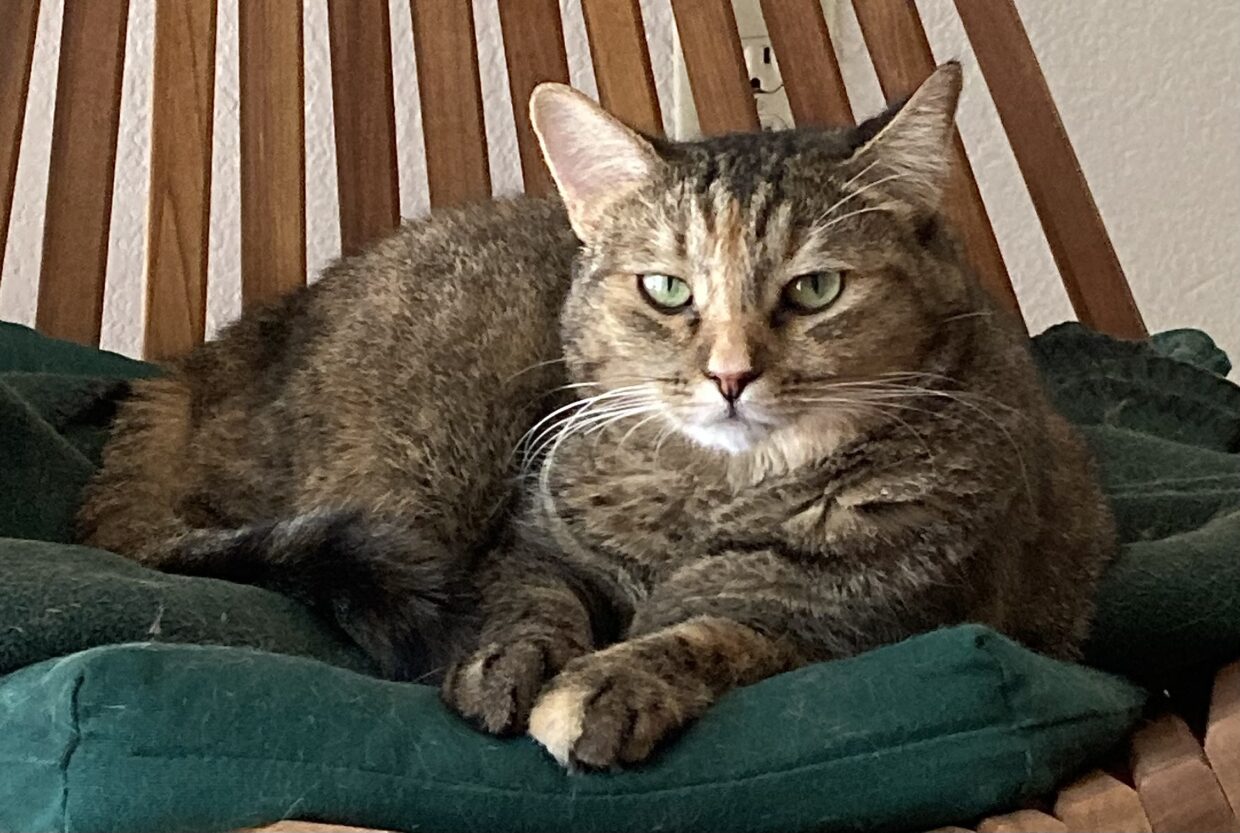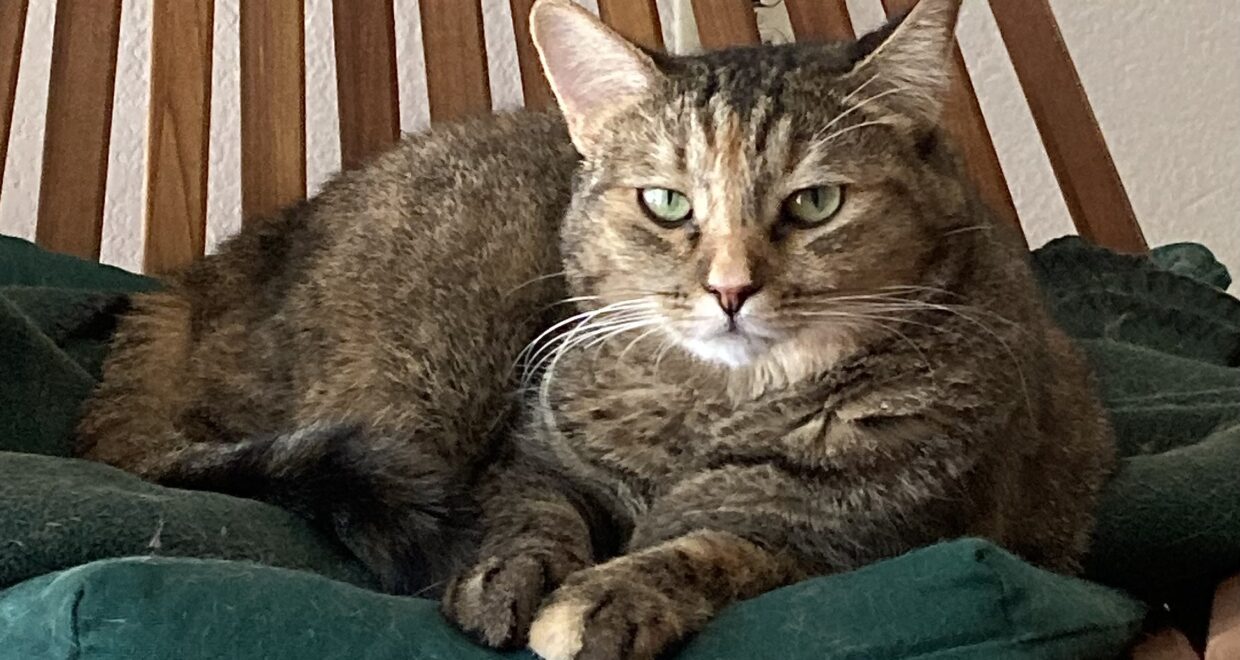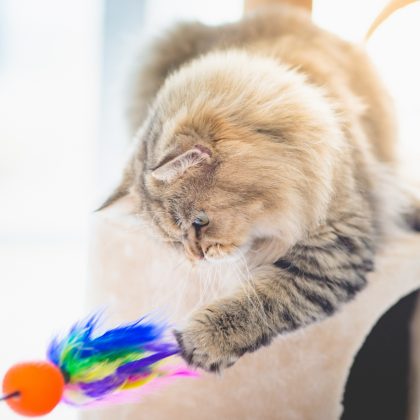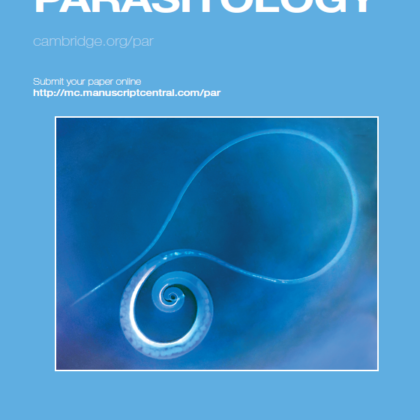Exploring the Arrival of Domestic Cats in the Americas
Plenty has been written about the dog. Slobbery, goofy, embarrassingly friendly, with… well, everyone. Dogs are prominently featured in historic accounts and paintings, loaded down with ingratiating platitudes like “man’s best friend”. Meanwhile, cats are demonized for their effects on small prey species, their centuries-long efforts at keeping the rats and mice at bay historically underappreciated… Okay, maybe the cat wrote that bit, but it does highlight an important question: What about cats?
Nowadays, nearly one-in-three of households in the United States have at least one cat, but cats are descended from a small wildcat species native to the Middle East and Africa that, following their domestication, spread to Eurasia and the rest of the world. Despite their recent global spread, there has been little written in historic accounts that shows us how they got from place to place. New research, published open access in American Antiquity, pulls together historical accounts and archaeological evidence to shed light on part of this journey – the ‘when’ and ‘how’ of cats’ arrival in the Americas.
Part of the reason for cats’ slender presence in the history books likely reflects their independence. Dogs perform many, highly specialized roles in human society like protecting and herding livestock, traction, acting as sentries, and finding, driving, and fetching prey for hunters. Cats, well, cats don’t. They’re as likely to ignore you as respond. Until recently, most cats were grey tabbies that spent their days hunting small animals, something they were well adapted to from the start. And it’s this natural prey drive combined with the human tendency to attract mice and rats to food stores and kitchen waste that probably encouraged cats to hang around in the first place.

One of the places this partnership can be historically studied is on ships. This is because throughout maritime history cats were likely aboard most ships, including ships crossing the Atlantic from Europe like Columbus’s voyages. Sailors have recognized cats’ usefulness and have partnered up with cats to control pests for centuries. Indeed, maritime law in the 15th-century excused ships captains for damage to cargos from rats or mice if they kept cats on board.
This new study, combining historical research with physical and chemical analyses of bones from shipwrecks, reveals cats were in the Caribbean by the early 1500s and made it to the mainland soon thereafter. Key insights from archaeological bones show that cats recovered from the Emanuel Point 2 shipwreck, which was lost in an epic storm in the year 1559, are the earliest known examples in North America. But soon thereafter, historical records tell us that cats showed up in the English and French colonies as well.
This study also suggests that the relationship between sailors and the ship’s cats was more than just one of underappreciated pest control. Though these cats likely hunted rats and mice as they had for centuries, chemical signatures from a shipboard cat on the Emanuel Point 2 shipwreck suggest they may also have been cared for and fed scraps by their human companions. Dogs may be called “man’s best friend”, but cats have quietly hitched a ride around the world, ingratiating themselves to those on board. Who domesticated who again?
Download the research: Exploring the Arrival of Domestic Cats in the Americas, by Martin H. Welker, John R. Bratten and Eric Guiry, is out now, open access, in American Antiquity.






